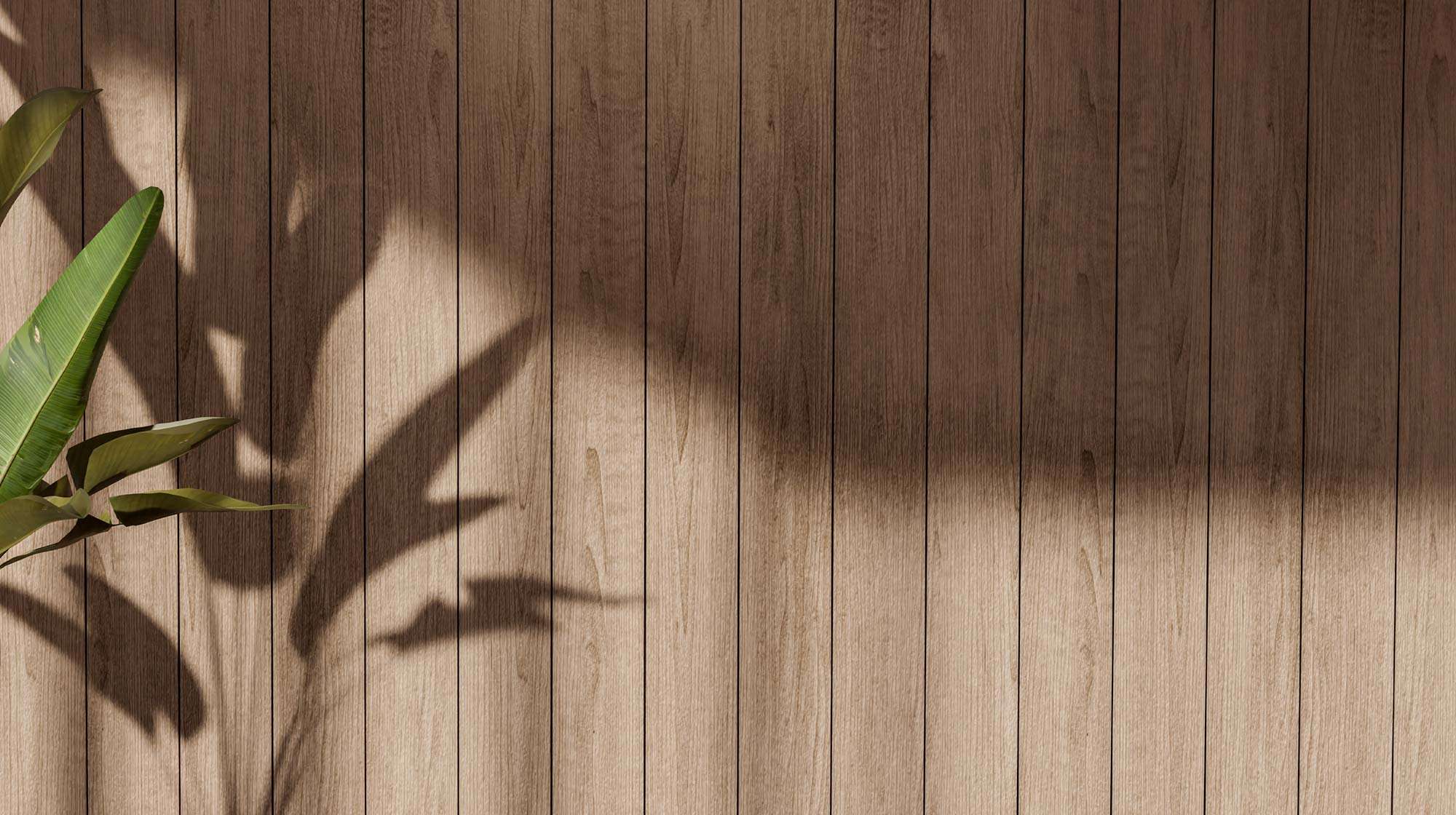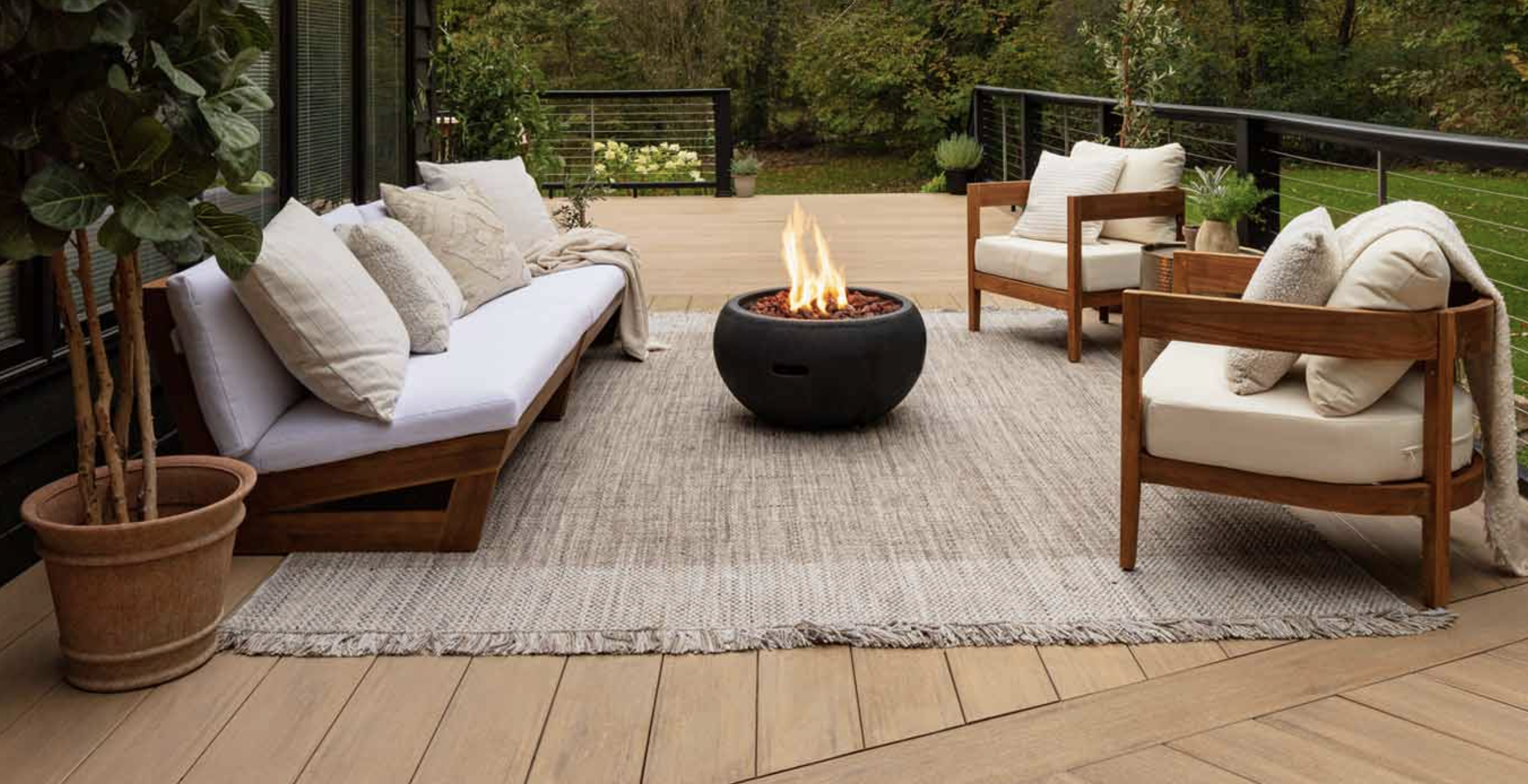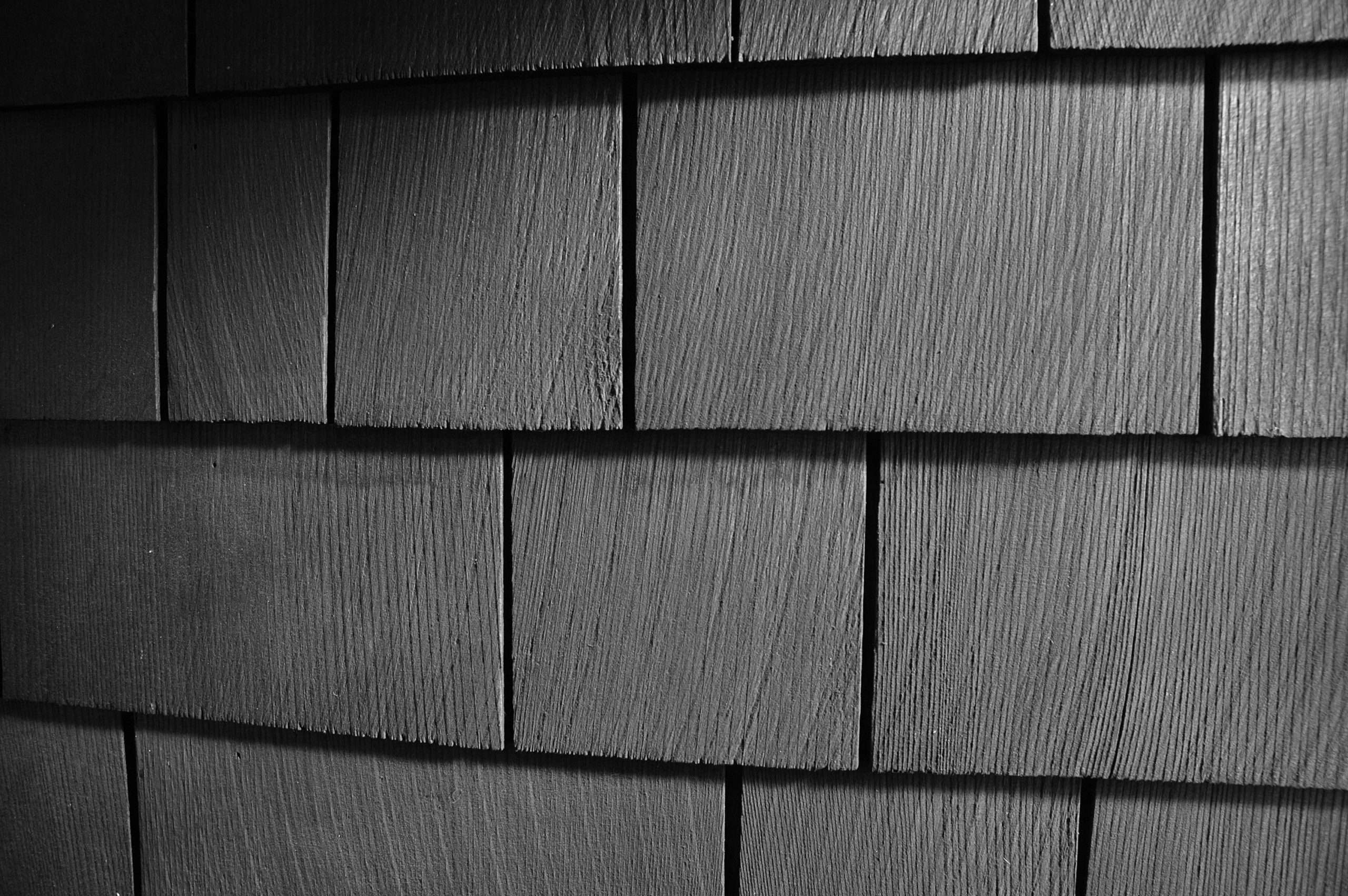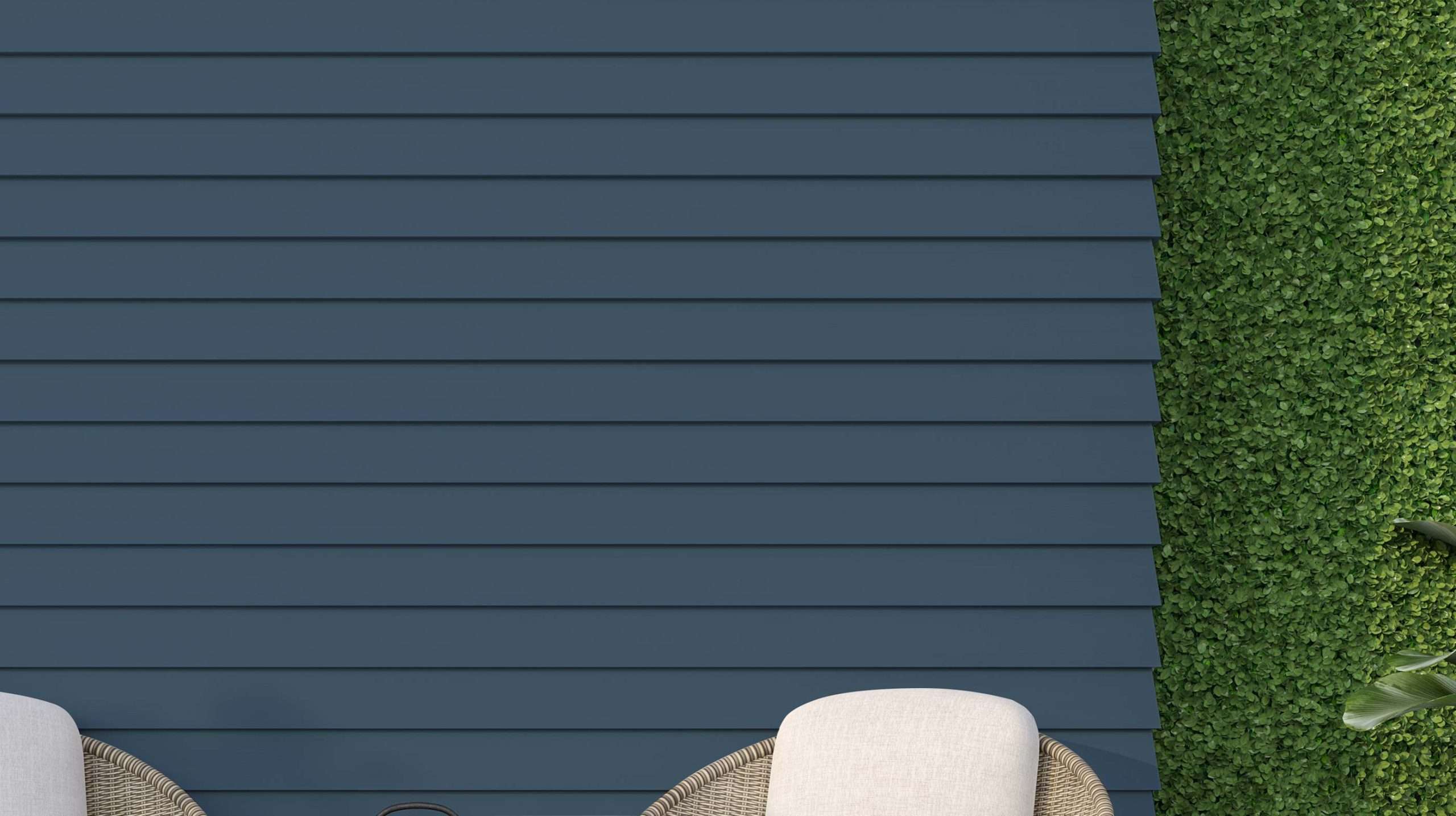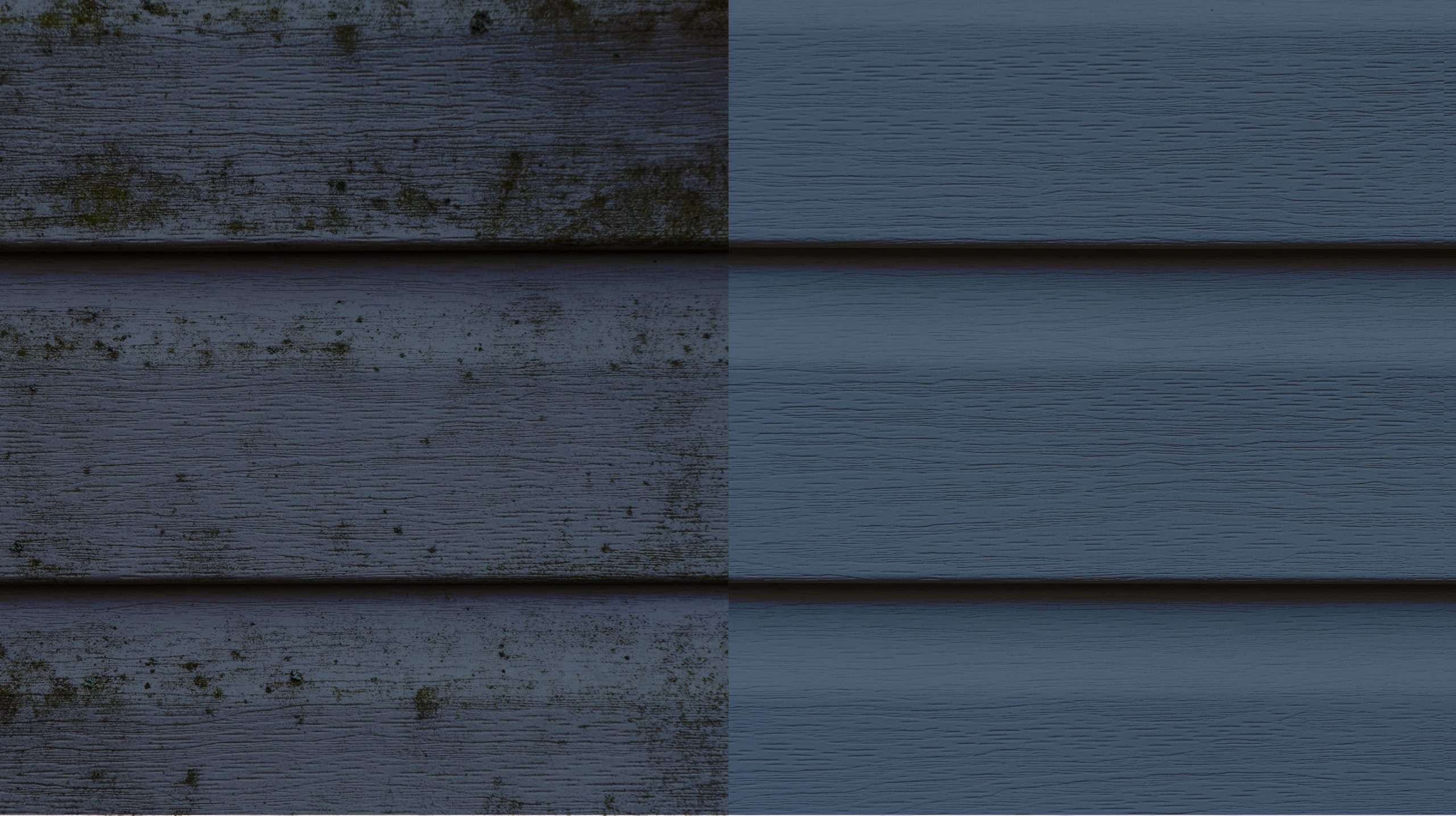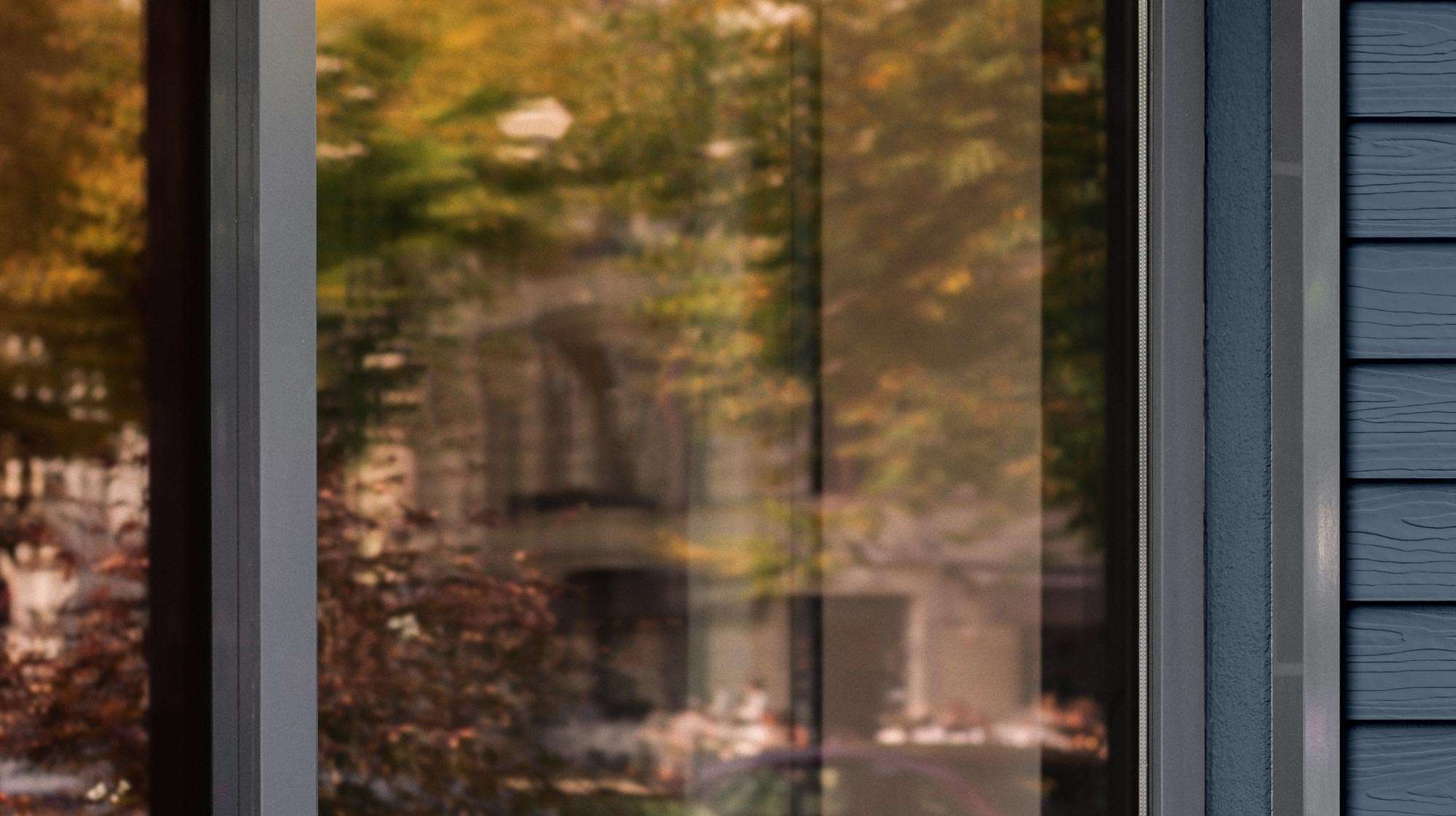Metal surfaces are all around us, from cars to appliances, and even structural components of buildings. Typically we see metal used for stair railings, deck railings, decorative trellises, and metal hardware. When it comes to protecting and enhancing the appearance of metal, two popular choices are painting and powder coating. There are key differences between these two methods that will help differentiate the right one for your project.
Table of Contents
- Painting Metal
- Powder Coating – A More Modern Solution
- Deciding Which is Best for You
Painting Metal
Painting metal involves completing a special type of preparation and applying a liquid paint coating to the surface. Finding the ideal paint for metal lies in its composition, consisting of pigments, binders, solvents, and additives.
Different pigments offer varying levels of UV resistance and colorfastness. Binders are responsible for holding the pigments together and to the metal surface. They also contribute to the paint's adhesion and durability. Solvents are used to keep the paint in a liquid state until applied. They evaporate during the drying process, leaving behind a solid, protective coating. Additives can include anti-corrosion agents, thickeners, and stabilizers, which enhance the paint's performance and longevity.
Painting metal is a scientifically precise process, requiring proper surface preparation, primers, and multiple coats. The final finish is visually appealing and provides protection against corrosion, but it may not be as durable as powder coating.
Powder Coating – A More Modern Solution
Powder coating is a more advanced method of metal finishing. Instead of a liquid, it uses a dry, powdered polymer that is electrostatically applied to the metal surface. The science behind powder coating offers some distinct advantages.
Powder coatings are made from finely ground particles of pigment and resin. They contain no solvents, making them environmentally friendly. When the powder is sprayed onto the metal surface, it carries a positive charge, while the metal is negatively grounded. This electrostatic attraction ensures even coverage and adhesion.
After application, the coated metal is baked in an oven. During this process, the powder particles melt and fuse together, forming a continuous, durable, and smooth finish. Powder coating is renowned for its toughness, resistance to chipping, fading, and corrosion. It offers superior UV protection, making it an ideal choice for outdoor applications.
Deciding Which is Best for You
Whether you opt for painting or powder coating, the science of metal finishing is critical for achieving the desired results. At Rogall + Co., we understand that there are many factors that take part in deciding between the two options. Contact Rogall + Co. today to figure out which option is best for you.
While both painting and powder coating have their merits, the science leans in favor of powder coating when durability and longevity are desired. Trust Rogall + Co. to apply the right finishing touch to your metal projects, ensuring they stand the test of time with style and resilience.


